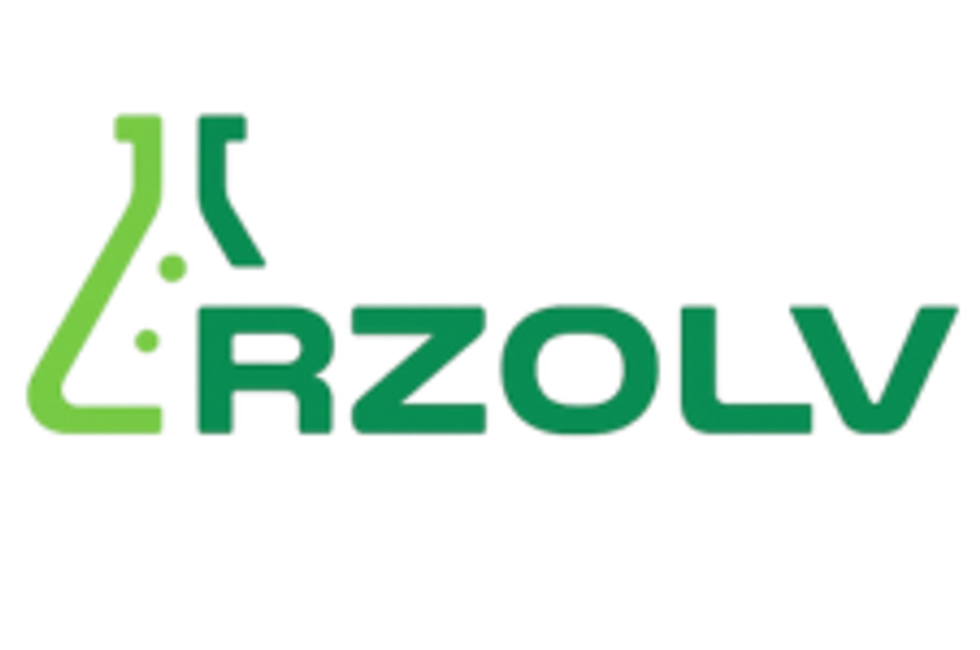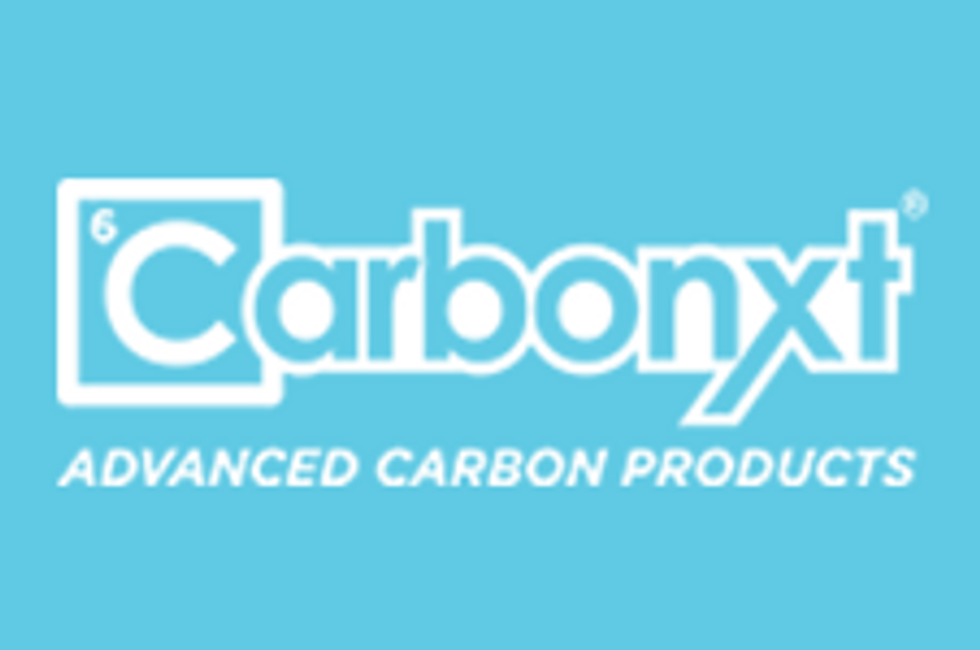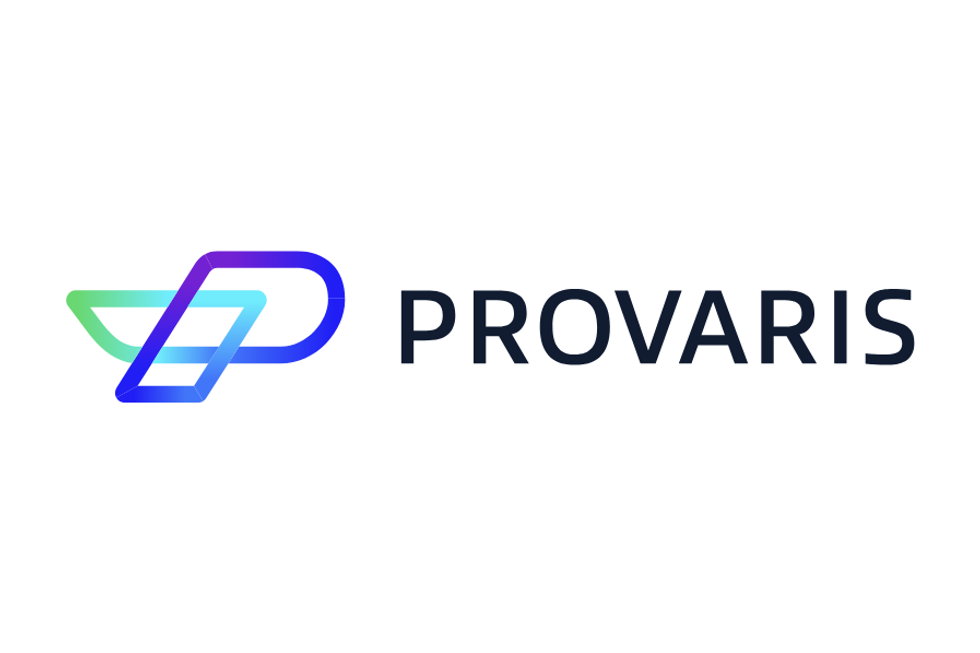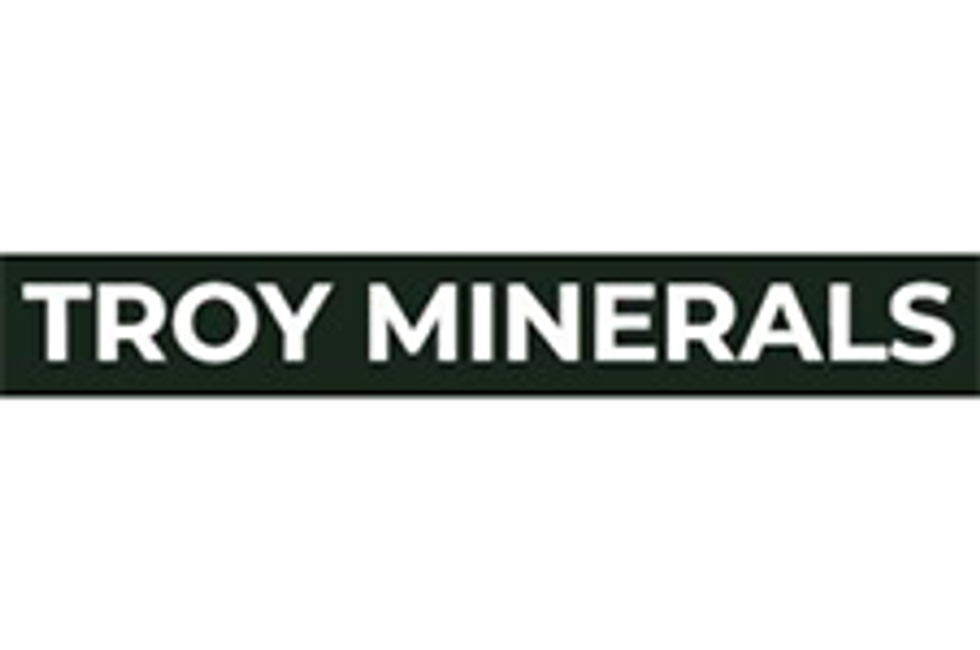U.S. Medical Waste Management Market to Reach US$7.99 Bn by 2023; Non-infectious Waste Accounts for Largest Share: TMR
ALBANY, New York, May 25, 2016 /PRNewswire/ — According to a new market report published by Transparency Market Research “Medical Waste Management Market – U.S. Industry Analysis, Size, Share, Growth, Trends, and Forecast 2015 – 2023”, the medical waste management market in the U.S. was valued at US$ 5.89 Bn in 2014 and is anticipated …
ALBANY, New York, May 25, 2016 /PRNewswire/ —
According to a new market report published by Transparency Market Research “Medical Waste Management Market – U.S. Industry Analysis, Size, Share, Growth, Trends, and Forecast 2015 – 2023”, the medical waste management market in the U.S. was valued at US$ 5.89 Bn in 2014 and is anticipated to expand at a CAGR of 3.4% from 2015 to 2023 to reach US$ 7.99 Bn in 2023.
Waste materials generated at health care facilities such as clinics, hospitals, physicians offices, blood banks, and medical research facilities and laboratories are considered medical waste. Medical waste causes serious health problems in the developed regions such as North America and Europe and demand proper handling, treatment, and disposal. The U.S. is a major solid waste generator including industrial waste, biomedical waste, and household waste. According to The Levin Institute and the State University of New York, medical waste is the third largest source of waste, with hospitals discarding over 2 million tons of medical waste annually in the U.S. Stringent government regulations regarding handling of medical waste has been one of the major factors driving the medical waste management market in the U.S. In addition, expanded use of medical disposal devices such as IV catheters, medical gloves, wound closure products, and surgical supplies among health care end-users also support the market growth.
Download Research Brochure: https://www.transparencymarketresearch.com/sample/sample.php?flag=B&rep_id=11315
The medical waste management market in the U.S. has reported significant growth due to generation of different types of waste in health care organizations that need proper waste management. Presently, waste management is used in daily medical practice by professionals. The non-infectious waste segment accounted for the largest share of the medical waste management market in the U.S. The growth is majorly attributed to rising awareness programs by private and government bodies to manage non-infectious waste streams.
Hospitals find medical waste management services to be increasingly profitable, as the reach of the services has improved significantly over the years due to the advent of new collection, transportation, storage, treatment, and disposal services. All medical waste generated other than individual residences has to be rendered harmless before sending for disposal at facilities authorized to accept medical waste. Medical waste is not permitted to be placed in municipal solid waste unless it is treated. Thus, owing to these reasons disposal method accounted for the largest
Browse Research Paper at https://www.transparencymarketresearch.com/us-medical-waste-management-market.html
The medical waste management market in the U.S. has been segmented into medical waste management and pharmaceutical waste management. The medical waste management segment has been sub-segmented into type of waste and type of service. Based on type of waste, the medical waste management market in the U.S. has been segmented into sharps waste, infectious and pathological waste, non-infectious waste, radioactive waste, and pharmaceutical waste. The non-infectious waste segment accounted for the largest share of the medical waste management market in the U.S. It includes incontinence waste, colostomy bags, catheter, stoma and dirty human bedding, nappy waste, and empty medication containers. Rising awareness programs by private and government bodies to manage non-infectious waste streams boosts the growth of the segment. Based on type of service, the medical waste management market in the U.S. has been segmented into collection, transportation and storage, treatment, and disposal. The disposal segment accounted for the largest share of the medical waste management market in the U.S. Waste treatment witnessed significant acceptance among medical waste management organizations in 2014. The segment is likely to expand at the highest CAGR in the next few years.
The pharmaceutical waste management market has been divided based on category, type, and substance generator. Based on category, the pharmaceutical waste management market in the U.S. has been categorized into controlled and uncontrolled drug substance. Growth of the uncontrolled pharmaceutical waste management segment is attributed to the rising sales of and demand for pharmaceuticals such as Zocor, lsinopril, Norvasc, and Synthroid. This would in turn increase demand for waste management of these pharmaceuticals, thereby boosting market growth. The uncontrolled pharmaceutical waste segment dominated the pharmaceutical waste management market, accounting for over 91% share in terms of revenue in 2014. In terms of volume, the segment held the higher share of 94.9% of the market in 2014.
Interact with our Pool of Experienced Analysts for any Report Related Queries:
https://www.transparencymarketresearch.com/sample/sample.php?flag=ASK&rep_id=11315
Market Players:
Key players profiled in the medical waste management market study are Clean Harbors, Inc., Republic Services, Inc., Sharps Compliance, Inc., Stericycle, Inc., Suez Environmental Services, US Ecology, Inc., Veolia Environmental Services, and Waste Management, Inc.
Other Reports by TMR:
- Medical Sensors Market:
https://www.transparencymarketresearch.com/medical-sensors-market.html
- Operating Room Equipment Market:
https://www.transparencymarketresearch.com/operating-room-equipment-market.html
- Blood Pressure Monitoring Devices Market:
https://www.transparencymarketresearch.com/blood-pressure-monitoring-market.html
About Us:
Transparency Market Research (TMR) is a U.S. based provider of syndicated research, customized research, and consulting services. TMR’s global and regional market intelligence coverage includes industries such as pharmaceutical, chemicals and materials, technology and media, food and beverages, and consumer goods, among others. Each TMR research report provides clients with a 360-degree view of the market with statistical forecasts, competitive landscape, detailed segmentation, key trends, and strategic recommendations.
Contact:
Mr. Sudip. S
90 State Street, Suite 700
Albany, NY 12207
United States.
Tel: +1-518-618-1030
USA – Canada Toll Free: 866-552-3453
Email: sales@transparencymarketresearch.com
Website: https://www.transparencymarketresearch.com
Blog: https://www.tmrblog.com/
SOURCE Transparency Market Research




